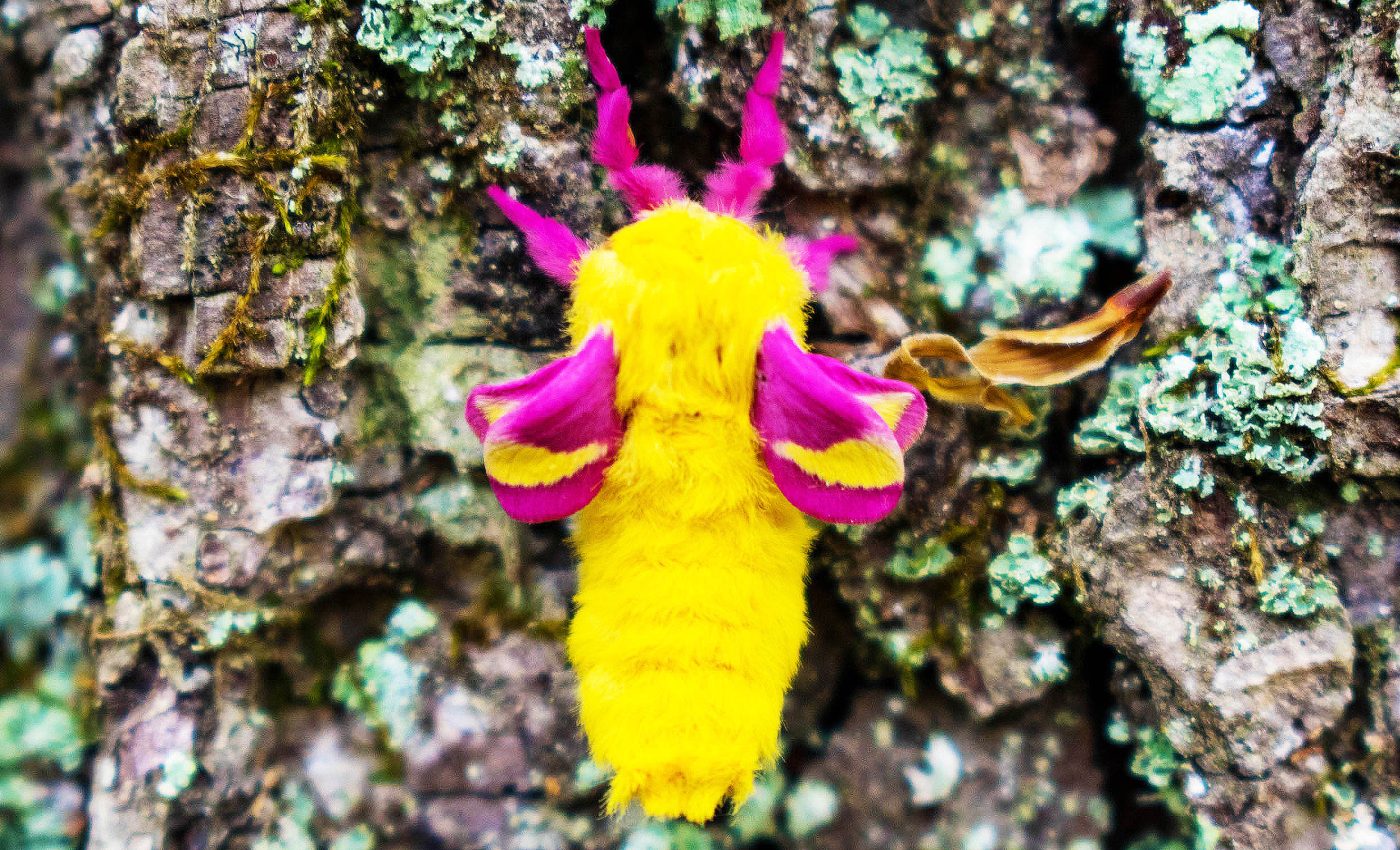
'Disco gene' may keep some moths much more active at night
How does one species evolve into two? For biologists, this is a complex question. The general agreement is that speciation, the process by which new species arise, usually occurs when individuals from a single population become geographically isolated. Over time, this separation leads to the loss of interbreeding ability.
However, a new study published in the journal Proceedings of the Royal Society B: Biological Sciences explores a less common form of speciation. Instead of being separated by physical barriers like mountains or oceans, members of a species can become separated in time.
Speciation in closely related moths
The researchers focused on the genes of two closely related moth species that coexist in the southeastern United States.
“These two are very similar,” said lead author Yash Sondhi, who conducted research for the study while at Florida International University and later at the Florida Museum of Natural History. “They’ve differentiated along this one axis, which is when they fly.”
The rosy maple moth, belonging to the genus Dryocampa, looks like something out of a surreal dream, with its thick mane of fur and vibrant strawberry and banana taffy-colored scales. Both male and female rosy maple moths are nocturnal, flying exclusively at night.
In contrast, the pink-striped oakworm moth, from the genus Anisota, sports more subdued tones of ochre, umber, and marl. While females of this species are active at dusk and early evening, the males prefer to fly during the day.
Color vision and clock genes
Sondhi, who specializes in insect vision biology, knew from previous research that these two genera, Dryocampa and Anisota, diverged from a common ancestor around 3.8 million years ago – a relatively recent split in evolutionary terms.
The Anisota genus includes several species, all of which are diurnal (active during the day). The nocturnal rosy maple moth is the only species in the Dryocampa genus.
Seeing the moths as an ideal opportunity to study how vision evolves when a species changes its activity pattern, Sondhi set out to find differences in their color vision. However, the results took an unexpected turn.
“I went in looking for differences in color vision. Instead, we found differences in their clock genes, which in hindsight makes sense,” Sondhi explained.
Clock genes regulate the circadian rhythms in plants and animals, influencing a wide range of biological processes such as metabolism, cell growth, blood pressure, and body temperature over roughly 24-hour cycles.
For any organism that shifts its activity pattern, clock genes are almost certainly involved. “It’s a system that’s been retained in everything from fruit flies to mammals and plants. They all have some kind of time-keeping mechanism,” Sondhi noted.
Moth genes dedicated to smell and vision
To investigate this, Sondhi compared the transcriptomes of the two moth species. Unlike genomes, which contain an organism’s complete DNA, transcriptomes include only the active genetic material used to produce proteins, making them useful for examining differences in protein levels throughout the day.

As anticipated, Sondhi discovered several genes expressed at different levels in the two species. The nocturnal rosy maple moths invested more in their sense of smell, while the diurnal oakworm moths produced more genes related to vision.
However, there were no significant differences in the genes responsible for color vision. This doesn’t necessarily mean their color vision is identical, but if differences exist, they likely involve tuning and sensitivity rather than changes in the gene structure itself.
The role of the disco gene
One gene, in particular, stood out: disconnected, or disco, was expressed differently during the day and night in both species.
In fruit flies, disco indirectly influences circadian rhythms by producing neurons that transmit clock enzymes from the brain to the body.

The disco gene in the moth samples was twice the size of its fruit fly counterpart and contained additional zinc fingers — active gene segments that interact directly with DNA, RNA, and proteins.
Sondhi speculated that changes in the disco gene could be partly responsible for the rosy maple moth’s nocturnal behavior.
Evolution in action
When Sondhi compared the disco gene between the two moth species, he found 23 mutations that distinguished them.
These mutations occurred in active portions of the gene, suggesting they likely contribute to the physical differences between the species. Sondhi realized he was witnessing evolution in action.
“If this is functionally confirmed, this is a really concrete example of the mechanism behind how they speciated at the molecular level, which is rare to come by,” he said.
Looking at broader biological patterns
The study also highlights the importance of broadening our understanding of how life evolves and sustains itself. When genetics first became a field of study, researchers concentrated on a few model species, such as fruit flies and lab mice, for the sake of simplicity and expedience.
However, this narrow focus limits our knowledge of broader biological patterns. Just as humans are not lab mice, moths are not fruit flies.
“As species continue to decline due to climate change and other anthropogenic changes, we’ll need to genetically engineer a greater number of the ones that remain to enable drought tolerance, for example, or to be active in light-polluted regimes,” said Sondhi.
‘To do that consistently, having a broader pool of functionally characterized genes across organisms is crucial. We can’t just use Drosophila.”
—–
Like what you read? Subscribe to our newsletter for engaging articles, exclusive content, and the latest updates.
Check us out on EarthSnap, a free app brought to you by Eric Ralls and Earth.com.
—–













